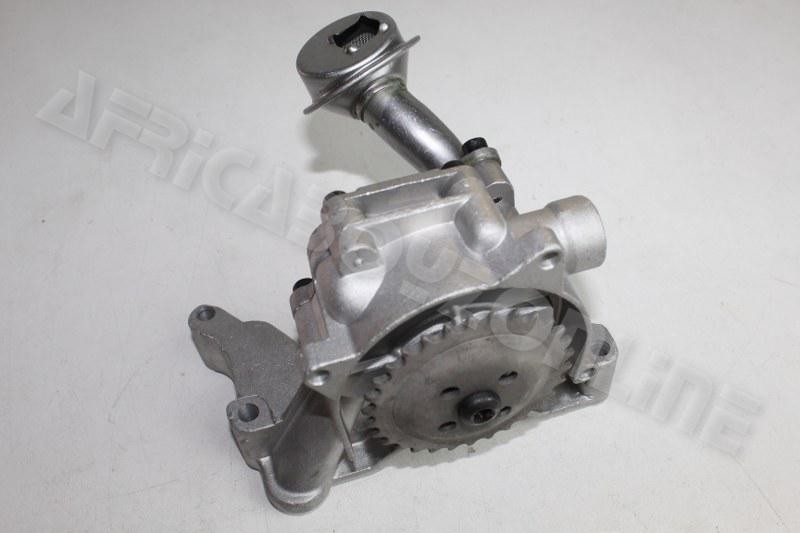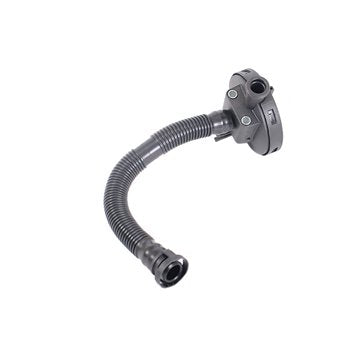Lower maintenance costs with a well-built clp engine.
Lower maintenance costs with a well-built clp engine.
Blog Article
The Role of a Clp Engine in Revolutionizing Engine Efficiency and Sustainability
The arrival of CLP engine technology provides a zero hour in the auto industry, where performance and sustainability converge in unprecedented means. By enhancing burning processes and permitting dynamic modifications in compression ratios, these engines not only assure enhanced fuel effectiveness and minimized exhausts yet additionally difficulty traditional design standards. As the market faces the pressing demand for greener remedies, the implications of taking on CLP modern technology expand far beyond mere performance metrics. What continues to be to be seen is exactly how these technologies will certainly improve the future landscape of automobile design and environmental duty.
Recognizing CLP Engine Innovation
As the vehicle sector continually seeks ingenious remedies to boost efficiency and performance, recognizing CLP engine technology ends up being important. The term CLP stands for Compression-Low Stress, an advanced engine layout that concentrates on enhancing burning processes and minimizing emissions. This technology operates by preserving a low-pressure setting within the combustion chamber, which helps with a much more full fuel burn and reduces unburned hydrocarbons.
One of the key features of CLP engine innovation is its capacity to change the compression ratio dynamically. This versatility permits the engine to run effectively throughout different driving problems, improving gas economic situation while all at once improving power outcome. Furthermore, CLP engines take advantage of advanced materials and layout principles to minimize weight and thermal losses, additionally contributing to overall performance.
Additionally, the assimilation of electronic control systems plays a vital duty in managing the engine's efficiency parameters. These systems allow real-time changes to ignition timing and fuel shot, optimizing burning for both power and effectiveness. By understanding CLP engine technology, stakeholders in the automobile sector can better value its potential in driving the future of engine layout, performance, and sustainability.
Efficiency Enhancements Offered
CLP engine innovation supplies significant performance improvements that establish it aside from conventional engine styles. One of the primary benefits of CLP engines is their capacity to run successfully throughout a more comprehensive variety of speeds and tons. This flexibility equates right into boosted torque distribution and acceleration, giving a more receptive driving experience.
Additionally, the sophisticated burning procedure used in CLP engines maximizes fuel-air mixing, resulting in higher thermal effectiveness. This improvement not only takes full advantage of power output however also lessens power loss, resulting in an engine that does much better under different problems.
Additionally, the modular architecture of CLP engines allows for easier assimilation with crossbreed systems, enhancing their performance potential - clp engine. This flexibility makes it possible for suppliers to develop cars that satisfy customer needs without compromising dexterity or power
The accuracy engineering involved in CLP modern technology likewise contributes to reduce rubbing and wear, improving engine longevity and minimizing the regularity of maintenance. Overall, these efficiency enhancements setting CLP engines as a leading choice in the search of high-performance, dependable, and functional engine services.
Environmental Benefits of CLP Engines
Among one of the most engaging advantages of CLP engines hinges on their ecological advantages, which are increasingly crucial in today's automotive landscape. These engines are designed to optimize gas effectiveness, considerably decreasing carbon emissions compared to traditional burning engines. By utilizing sophisticated burning techniques and cutting-edge materials, CLP engines advertise cleaner exhaust outputs, adding to enhanced air quality.
Additionally, the decrease in fuel intake not just brings about reduce greenhouse gas emissions yet likewise preserves important natural resources. page As nonrenewable fuel source books diminish, the change in the direction of CLP modern technology stands for a tactical action towards sustainability. The engines are commonly suitable with different fuels, better improving their ecological appeal and enabling a diversified power profile.
Furthermore, the lightweight style of CLP engines helps decrease car weight, which in turn decreases the power needed for propulsion. This causes lower operational energy consumption and a minimized environmental impact. In recap, CLP engines stand at the forefront of initiatives to mitigate environment change and advertise sustainable methods in the automotive sector, embodying a future where efficiency and environmental obligation are not equally exclusive.
Contrast With Conventional Engines
While standard engines have long dominated the automobile industry, the intro of CLP technology offers a considerable change in performance and performance. Typical interior burning engines mostly depend on gas combustion, which not only restricts thermal performance however additionally contributes to greater exhausts. In comparison, CLP engines use sophisticated thermal administration and an unique combustion process, enhancing fuel efficiency and considerably decreasing greenhouse gas discharges.
Moreover, typical engines operate on fixed power curves, which can prevent efficiency in varying driving conditions. CLP engines, nonetheless, are made to adjust their performance dynamically, offering optimum power distribution based upon real-time needs. This versatility brings about improved velocity, responsiveness, and general driving experience.
Maintenance additionally differs considerably; typical engines often need constant oil adjustments and element replacements because additional hints of deterioration. clp engine. CLP engines, with less moving components, promise minimized upkeep needs and longer functional life expectancies

Future Prospects and Innovations
As the automobile landscape advances, the future of engine technology is significantly concentrated on technologies that enhance performance and sustainability. The Clp engine, with its one-of-a-kind design and operational efficiencies, is positioned to play an essential role in this transformation. Future developments might involve advancements in materials scientific research, making it possible for the construction of lighter and a lot more long lasting components, hence decreasing general car weight and improving fuel effectiveness.
In addition, the combination of expert system and artificial intelligence right into engine administration systems is anticipated to maximize performance dynamically, enabling real-time changes based upon driving problems. These developments can additionally lessen exhausts and enhance energy application.
Additionally, study into alternative fuels, including hydrogen check it out and biofuels, presents amazing opportunities for Clp engines, aligning performance with eco-friendly initiatives. clp engine. As regulative frameworks come to be more stringent, the adoption of such modern technologies will certainly be important in achieving sustainability goals without compromising power
Verdict

Report this page